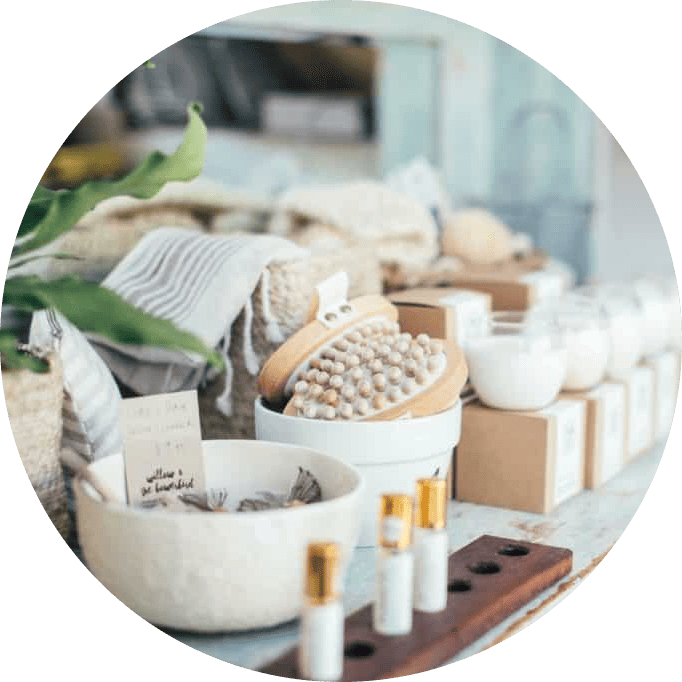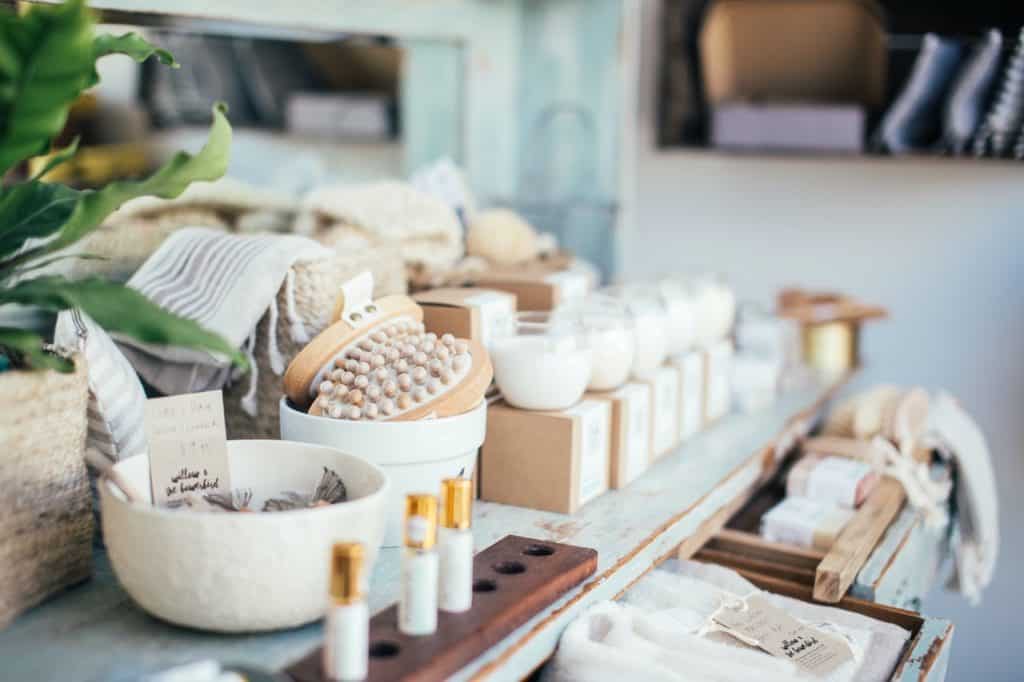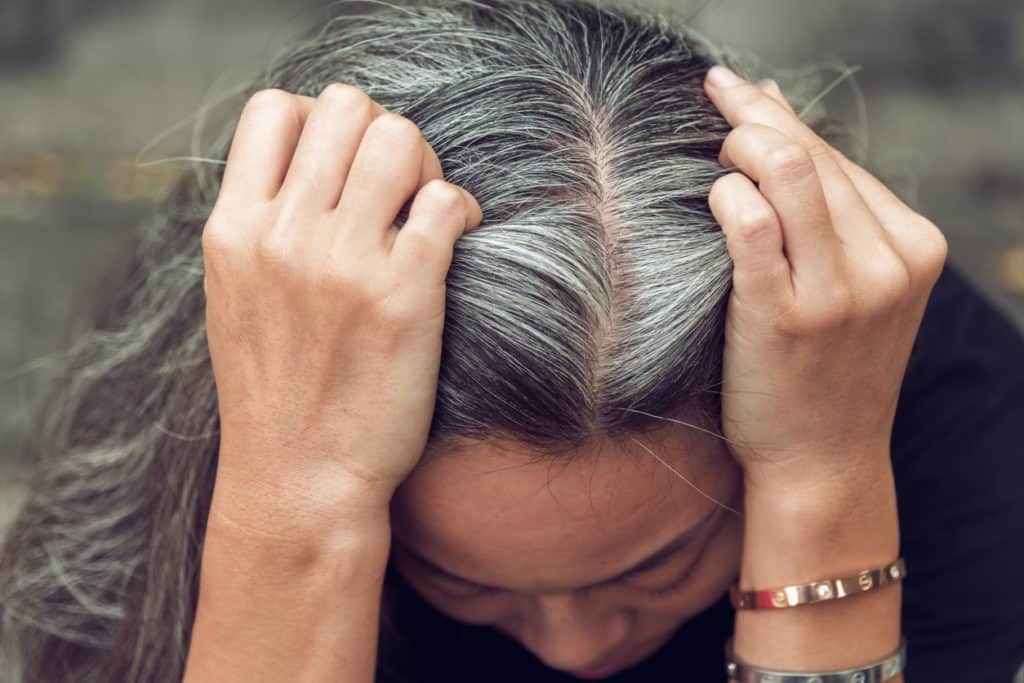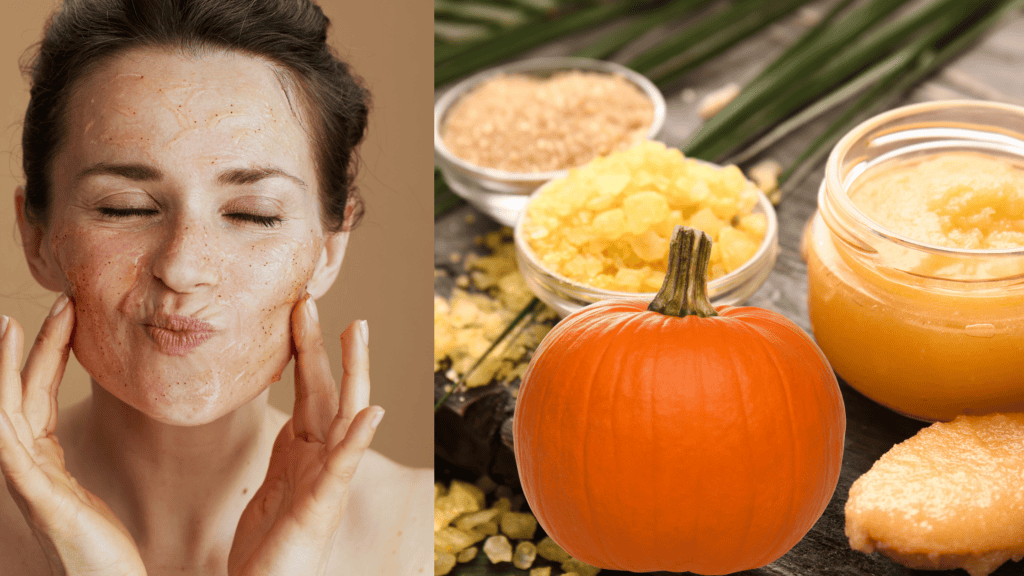Clean, green, sustainable Beauty is about more than just products; it’s a lifestyle. It’s about choosing to live a life that positively impacts the planet. It’s about making conscious choices that reduce your carbon footprint and help preserve our natural resources.
Living sustainably doesn’t have to be complicated or expensive. It’s about making simple choices that significantly impact the long run.
The ever-increasing beauty standards perpetuated across all forms of media can be draining and demoralizing. Green Beauty is the opposite; it is a message of living in alignment with the natural world, respecting ancient traditions, and using ingredients respectfully from the forests, earth, and sea.
The Clean Beauty Movement Gains Ground.
For decades in the making, clean Beauty has been a movement that has consistently advocated for non-toxic beauty and self-care products with ingredient transparency.
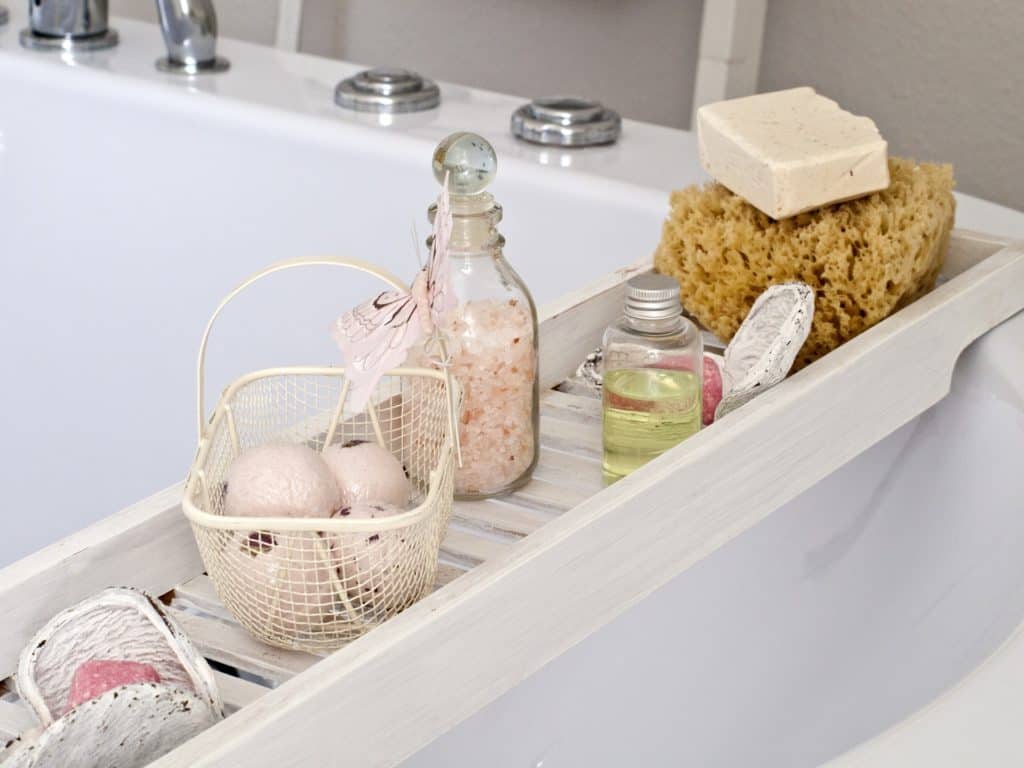
Many of us have turned to more natural ingredients from a significant beauty disaster. Maybe it was a chemical hair procedure or damaging hair products. Too many of us have also seen friends with fried perms and lousy dye jobs with hair loss from bleaches and chemical relaxers.
Then there are the rashes, breakouts, and allergic reactions; you name it, most of us have a story regarding the vast array of cosmetic products we’ve used.
Scanning through the ingredient list, on the outside label, a label that wasn’t even required by law in the US until the 1938 Packaging and Labeling Act, and here’s the problem; a chemical cocktail that most of us can’t decipher—no wonder an increasing number of more savvy consumers are turning to more recognizable ingredients.
In 2019 the Clean beauty market saw 33% more consumers actively looking for these products. With the global beauty market worth $532 billion and rising, that’s a lot of money.
How To Look For Clean Beauty Seals?
We are now seeing the big retailers launch clean beauty icons, Sephora in 2018 and Target in 2019, so consumers can buy products more confidently. QVC and HSN have statements that read;
The QVC Clean Beauty seal designates that a brand formulates products without sulfates (SLS and SLES), parabens, methylisothiazolinone/methylchloroisothiazolinone, formaldehyde, formaldehyde-releasing agents, phthalates, petrolatum, mineral oil, chemical sunscreens, coal tar, hydroquinone, triclosan, triclocarban, aluminum, and talc.
It also indicates products contain less than one percent of synthetic fragrances and are certified cruelty-free by a third-party source.
You can live in blissful ignorance or ditch those products when you don’t know what you’re slathering on yourself. Increasingly people are doing the latter.
Not helping the matter is that chemical use in cosmetic products in the US, excluding color additives, is not regulated. The FDA has no power to review its safety. No cosmetic companies have to register with the FDA, submit ingredient lists, or follow any legal requirements for safety and manufacturing. There aren’t any, nor does the FDA have the power to issue recalls or see adverse severe reaction reports.
On the other hand, the EU has banned over 1300 chemicals for cosmetic use, with the US banning around 30. Many of these chemicals beautify you and make the products look or smell nice. In other words, they’re not doing you any favors anyway and might just be doing you some harm.
With no legal framework, finding products with eco-friendly missions and recognizable ingredients on their labels is becoming increasingly more accessible. Most of us don’t know what these ingredients are. While many companies insist their products are safe, and in most cases, there is no real need to panic, I would say, how would we know?
Is Green Beauty Different From Clean Beauty?
While clean Beauty aims for toxic-free products, Green beauty is a more umbrella term that encompasses the Green lifestyle. It refers to a more natural approach to Beauty, from making homemade products to eating a clean diet, looking for sustainable solutions, and using many ingredients in their purest forms.
It is easy to fall in love with all the artisan-crafted, luxurious balms and potions in beautiful glass containers, bottles, and sustainable packaging. The feel-good factor is high, good for you, good for the planet. A win, win.
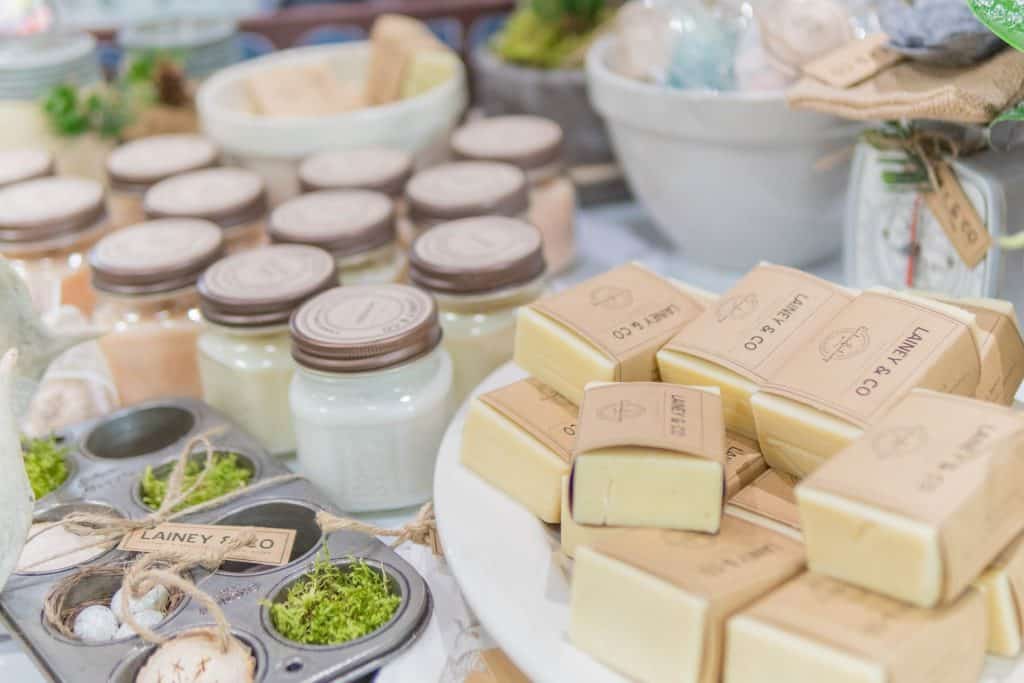
However, with no legal definition for words on packaging such as eco-friendly, vegan, zero waste, natural, sustainable, etc., it is still buyer beware. Reading the label is the only realistic way to see what you buy.
Greenwashing is also rife. Companies knowing that consumers are increasingly looking for these products, use images or words to make you think you are buying a cleaner, greener, more natural version. So research the companies; you can’t go wrong with simple ingredients used in various forms for centuries.
Is Sustainable Beauty The New Clean Beauty?
We are all increasingly concerned with plastic packaging. When looking at our bathroom toiletries, we are perhaps so worried about our products’ ingredients that we haven’t given too much thought to all those containers.
Sustainability in Beauty has been a longstanding goal of many for years. It often takes more water to produce the plastic the products are in than the products themselves, damaging oceans and waterways from rinsing them down drains.
It isn’t straightforward to source raw materials and the carbon footprint involved.
By supporting companies making concerted efforts to tackle these issues and make net profit gains for the planet, referred to as blue Beauty, we, the consumer, have great power through our purchases.
The Return To Natural Beauty.
Many take a more holistic approach to self-care and wellness to address these concerns.
There’s no denying that many people are searching for a simpler, kinder life. Minimalism, hygge, veganism, homesteading, van life, etc., are rampant across the internet.

Less is more. Nature contains more than we could ever need, fueling the increasing desire for products that we recognize; plants, clays, and oils used for centuries and still in use worldwide—the smells, consistency, and textures are familiar and comforting.
In a seemingly never-ending chaotic, toxic world, returning to nature has never looked or felt so good. In looking good, we also want to feel good. We want to cleanse, bathe, and beautify ourselves in a way that nourishes our minds, body, and spirit.
The search for Clean Beauty, however, isn’t an all-or-nothing approach. We all have some things more important to us than others. For some, it’s the chemical mystery of whether the product is vegan, has a low carbon footprint, or can be recycled. Others are looking for organic ingredients. Choose products based on what you like and what’s important to you, and enjoy the ever-increasing fantastic products created out of the wonder of nature.
Start here if you want a minimal beauty routine with simple natural ingredients!
